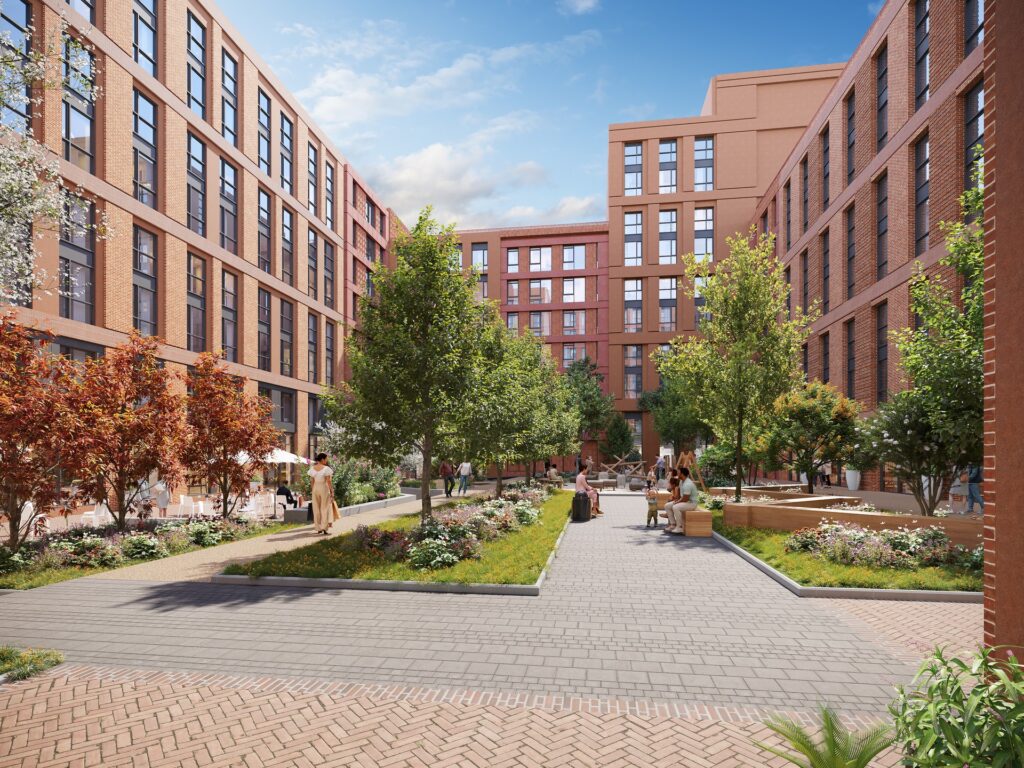Introduction: Invest in Government Backed Social Housing
The UK property market continues to evolve, and investors are increasingly looking for stable, long-term opportunities with reduced volatility and reliable returns. One of the most promising sectors gaining attention is government backed social housing. While traditional buy-to-let investments remain popular, many landlords are now exploring alternative property strategies that align with both financial goals and social impact.
To invest in government backed social housing is to position yourself within a sector supported by government funding, long-term rental agreements, and increasing demand from local authorities and housing associations. This guide will introduce you to the benefits, challenges, and key considerations of this growing investment opportunity.
What is Government-Backed Social Housing?
Government backed social housing refers to residential properties leased to housing associations, charities, or local councils, who in turn provide accommodation to vulnerable tenants. These could include individuals with disabilities, the homeless, or those fleeing domestic violence. The government supports these tenancies through long-term agreements and funding, making it a highly secure and predictable income stream for landlords.
Unlike traditional buy-to-let properties where tenants may come and go, social housing tenancies are often fixed for several years, and in many cases, rent is guaranteed by the provider. This significantly reduces the risk of void periods and arrears, two major concerns for typical private landlords.

Why Invest in Government Backed Social Housing?
There are several compelling reasons why investors are choosing to invest in government backed social housing. First and foremost, it offers a more stable income. Rental payments are typically underpinned by local or central government funding, offering an added layer of security. This makes it especially attractive during times of economic uncertainty.
In addition to income security, there is the social return on investment. More and more investors are looking to align their financial interests with ethical or sustainable outcomes. Social housing directly addresses the growing housing crisis, providing accommodation for those most in need while offering attractive returns to investors.
Furthermore, the operational side of such investments is often less hands-on than traditional buy-to-let. Housing providers usually handle tenant management, maintenance, and day-to-day issues. This allows investors to enjoy a more passive form of income, especially when properties are managed through long-term lease agreements with reputable organisations.
How Does It Compare to Buy-to-Let?
For landlords used to traditional buy-to-let properties, making the switch to invest in government backed social housing may seem unfamiliar. However, the differences are often in favour of social housing from a risk and time management perspective.
Buy-to-let properties can deliver strong capital appreciation, especially in high-demand urban areas, but they come with increased risks such as tenant turnover, property damage, and legislative changes. Social housing, by contrast, provides stable, long-term yields, usually between 6% and 10% annually, depending on the structure of the lease and the property location.
It’s also worth noting that mortgage lenders are becoming more open to financing social housing investments, especially when backed by long leases and government-supported income streams. This further enhances the viability of entering the sector without needing 100% capital upfront.

Key Considerations Before You Invest
To successfully invest in government backed social housing, it is essential to partner with experienced providers or developers who specialise in this area. Not all properties are suitable for social housing, and compliance with building standards, planning permissions, and local authority requirements is crucial.
You should also conduct thorough due diligence on the housing provider or care organisation leasing your property. Their financial stability and operational track record are vital indicators of long-term security.
Location is another critical factor. While demand for social housing is high across the UK, certain regions have more acute shortages, offering stronger investment potential. Properties near public transport, healthcare facilities, and community services are generally more desirable to housing providers and tenants alike.
Conclusion: Invest in Government Backed Social Housing
As the UK government continues to address the housing crisis, support for social housing is likely to grow. For property investors looking for a stable, ethical, and potentially passive income stream, this sector presents a compelling alternative to traditional buy-to-let.
To invest in government backed social housing is not just a financial decision but a strategic one. It offers the chance to secure reliable income while contributing to a critical public need. Whether you’re a seasoned property investor or a landlord looking to diversify, now is the ideal time to explore what this investment strategy can offer.









